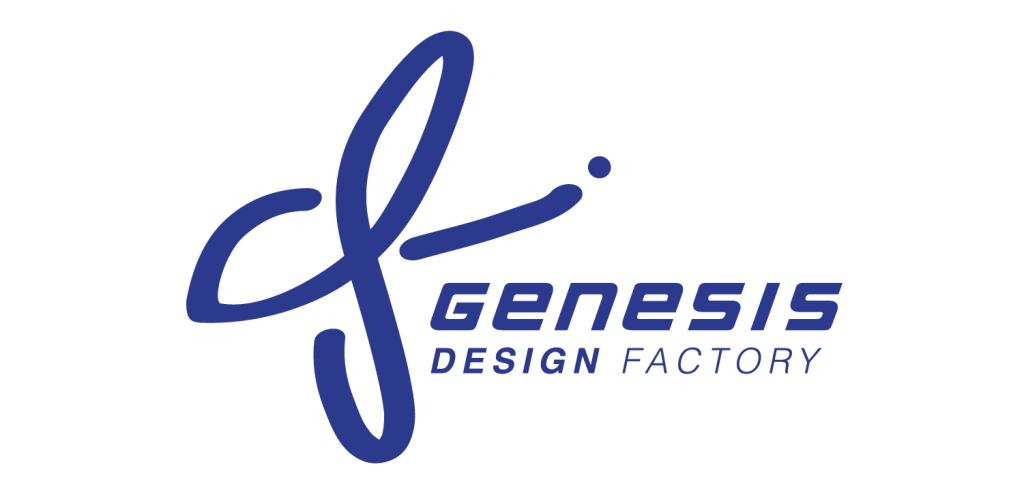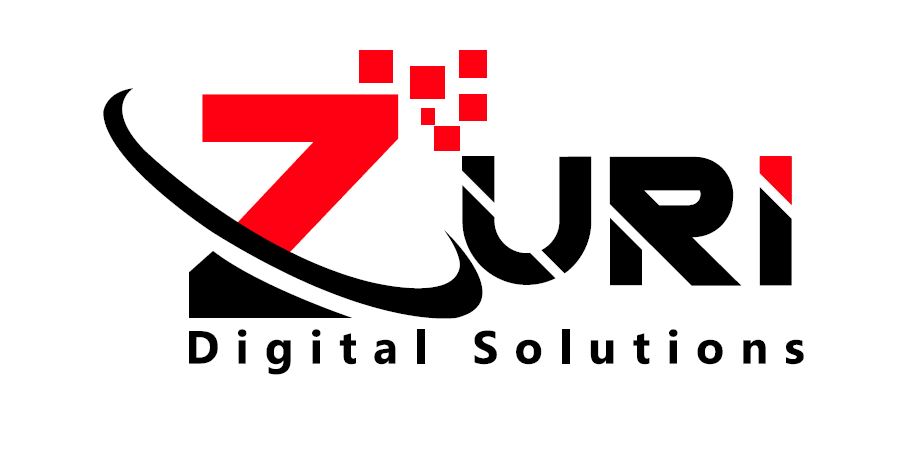Achieving customer satisfaction is often one of the main goals of any business serving clients. And it makes sense since customer satisfaction should lead to brand loyalty, increased sales revenue, and a better brand reputation.
However, achieving happy customers can be challenging because it depends on several factors. Businesses have to understand customers and commit long-term to improving their satisfaction levels.
Surprisingly, employee recognition has a connection to customer satisfaction. It could be the venue business owners need to make their customers more loyal to the brand. But how do happy employees translate to satisfied clients?
The information below keenly observes the connection between employee recognition and customer satisfaction.
The Relationship Between Employee and Customer Satisfaction
To understand the relationship between these two concepts, examining what influences customer satisfaction is essential. The following are the categories that influence positive feedback from customers:
- Quality. The quality of the products or services highly affects customer satisfaction. The range of quality often depends on the product or service. It is not always one-dimensional.
- Customer Perception. It is how customers view the brand and products and value for money. It is often difficult to influence perception since it relies on various factors.
- Customer Service. Customers need services that will make them return. They look at responsiveness, engagement, accessibility, resolution capability, and how quickly businesses respond to complaints or queries. It is here that the relationship between employee and customer satisfaction lies.
Customer services often rely on the employees, especially if the business is sales. How employees respond to or interact with customers can affect how they perceive the company.
Employee Satisfaction Influences Customer Satisfaction
Employee appreciation has the power to bring out the best in workers. Many employees find positive feedback a key motivator in their work processes. Giving and encouraging coworkers to share recognition should be crucial to company culture.
Happy workers do good work
When employees are in a work environment where their efforts are recognized positively, they can develop a zeal for doing their work. Workers will be inclined to try harder in production or dealing with customers. Better quality and better service are two factors that influence customer satisfaction.
All feedback is important
Employees who do not receive or only get negative feedback may develop challenges with performing well, affecting customer satisfaction. Feedback helps employees note areas of their work that may need improvement.
With this, workers can develop effective strategies to improve target areas. Strictly giving negative feedback can affect employee performance as they may need more confidence and enthusiasm for carrying out processes. Therefore, employers should ensure that feedback is not just negative.
Recognition is for more than just the front-of-house team
Employers should also recognize that credit should only partially fall on those dealing with customers directly. All employees need praise for the seamless running of processes that will eventually foster customer satisfaction.
If the production team feels neglected, it could significantly improve product quality, leading to customer satisfaction. Therefore, employers must empower all employees.
Peer recognition helps
Peer recognition is also essential for customer satisfaction. When peers recognize each other, it can lead to better teamwork and improved performance. Whether they share word of mouth or gift cards, peer recognition can, in turn, make customer engagement more enthusiastic and successful, fostering satisfaction.
Recognition Affects Customer Loyalty
Customer loyalty is the sustained loyalty between consumers and a brand. Loyal customers should be the ultimate goal of any business. They have a better chance of bringing in revenue and new customers.
Recognition can affect customer loyalty since employees often deal with them directly. If the employee feels dissatisfied due to a lack of credit, it can affect their enthusiasm to deal with customers.
It can translate to poor customer service, which will impact customer impression of the brand. Even loyal customers could develop a negative view of the brand if customer services could be more satisfactory.
Recognition motivates employees within the company and can improve customer connection, thus improving customer loyalty.
How Does Customer Satisfaction Affect Employee Satisfaction?
Happy customers make happy employees for the same reason– recognition. Satisfied customers are more willing to express their satisfaction with services or products.
Positive customer feedback reinforces how employees feel about the value and purpose of their work. It can even motivate them to repeat the efforts or behaviour that led to it. Moreover, employees will feel more satisfied with their positions.
Recognition And Job Satisfaction
Employee or job satisfaction is how much employees feel content at work. It describes how happy employees are with their position and overall work experience.
Employee satisfaction is one of the critical HR metrics impacting a company’s bottom line. It can also affect employee retention rates since dissatisfaction can lead to high turnover.
Employee recognition is a critical factor that enforces job satisfaction. Most employers consider investing money in benefits and increased salaries to improve happiness. While important, financial input is not the only way to improve job satisfaction.
Employers that offer some form of recognition end up with more satisfied employees. Positive reinforcement can inspire employees to go above and beyond while enjoying their work. They will be happier in their roles, thus, more comfortable working for the company.
Employee Engagement And Customer Experience
Disengaged employees are less likely to provide an enjoyable customer experience. Engaged employees are, on the other hand, more willing to go the extra mile when serving customers. It often results in a better customer experience.
In addition, engaged employees pay more attention to their work, take ownership of delegated tasks, and are more passionate about delivering results.
Employers must, therefore, invest in critical drivers of employee engagement for customer experience.
Improve Customer Satisfaction By Improving Employee Engagement
Employers should invest in an employee engagement program and other employee satisfaction initiatives. It will contribute significantly to customer satisfaction. In addition, it will improve productivity which is good for sales revenues and business outcomes.
Keep up with Workpay’s helpful literature on HR and running business processes that result in positive outcomes for the company and customers.























